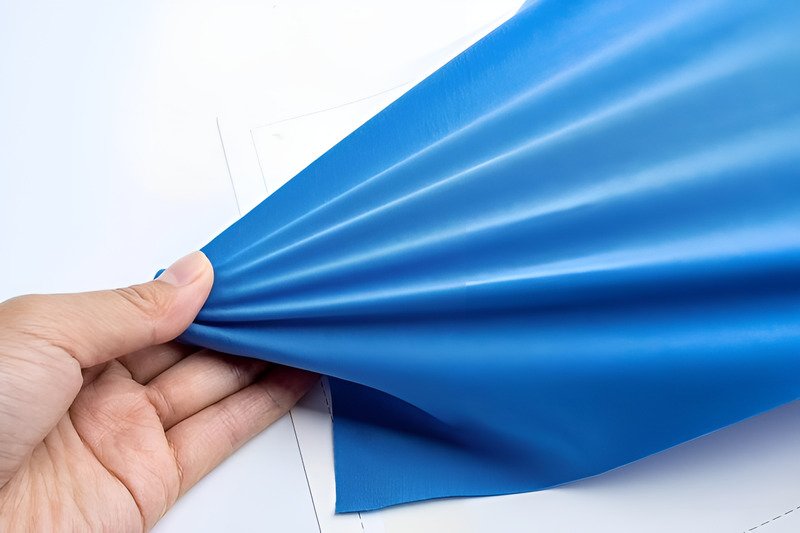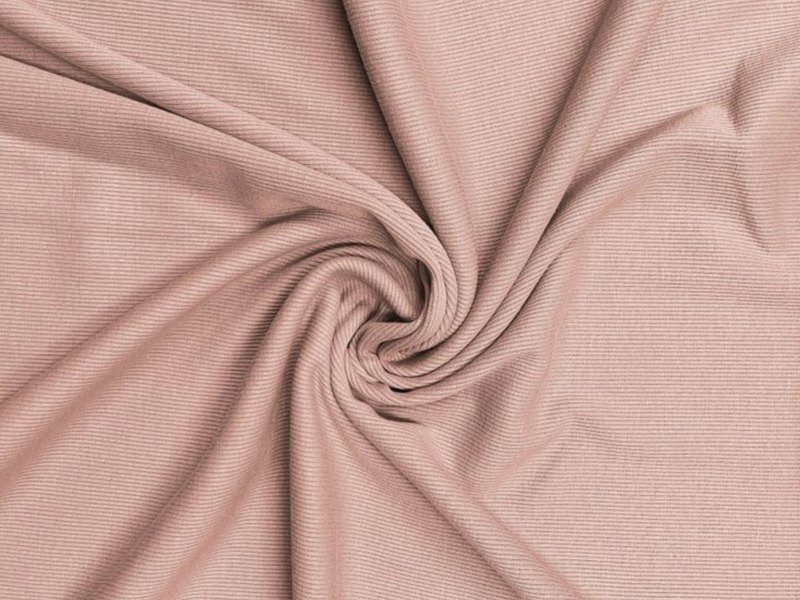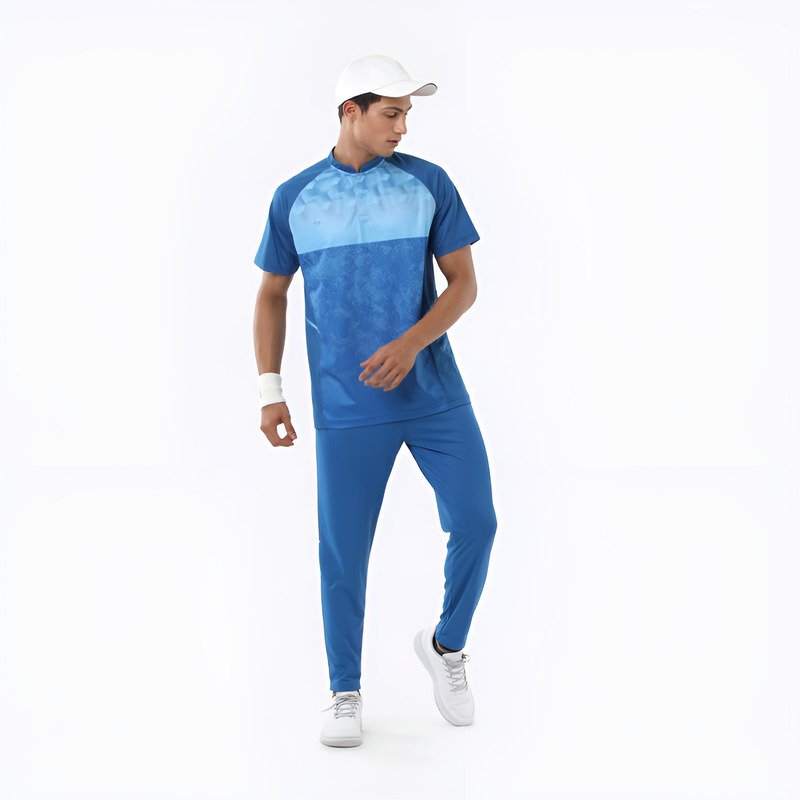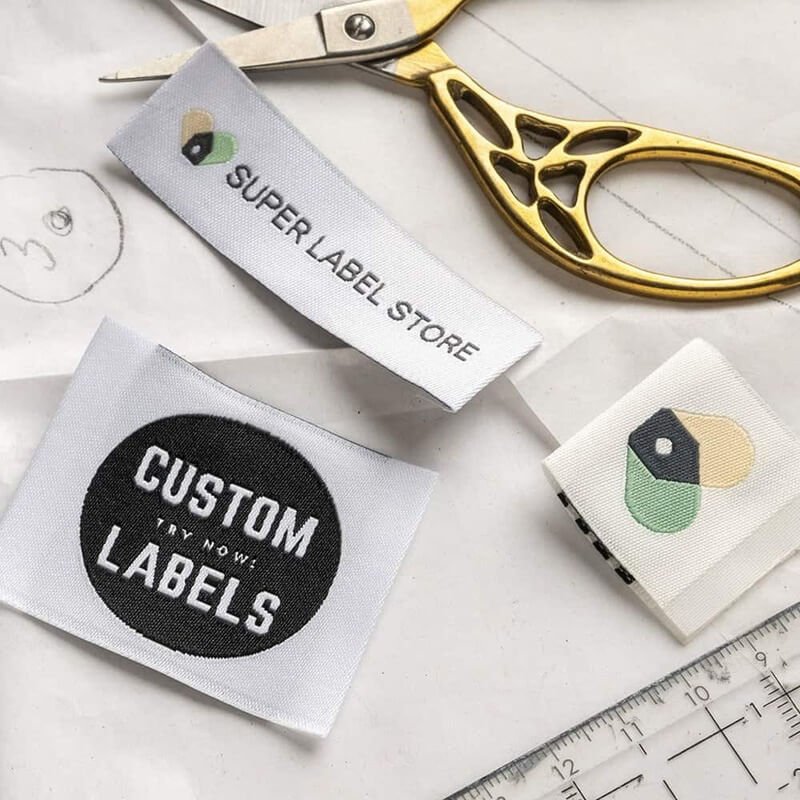What is Stretch Fabric? The Secret to Comfy, Flexible Clothes
Do you ever wear clothes that feel so good and let you move easily? This comfort often comes from a special kind of material known as stretch fabric. Many of your everyday clothes, from sports outfits to comfortable jeans, use this elastic fabric. This article will simply explain what this flexible material is, why it’s good, and how it works. Get ready to learn about the stretch fabrics that bring comfort to textiles and apparel, making life more enjoyable!
1. What exactly is stretch fabric?
Stretch fabric is a type of cloth that can be pulled or stretched, and then it goes back to its original shape and size. Think of it like a soft rubber band made into fabric. It gives a little when you move. This ability to stretch is called elasticity, and its ability to return to its original shape is called recovery.
Good recovery means the fabric doesn’t stay stretched out or become baggy. The main benefits are clear: This ability to ‘give’ makes clothes very comfortable, helps them fit your body well, and lets you move with flexibility without feeling tight.

2. How does fabric get its stretch?
So, how do fabrics get this amazing stretchy power? There are two main ways!
2.1 Special stretchy threads: Meet spandex
One way fabric stretches is by adding special, super stretchy threads. These are essentially ‘stretchy helpers’ woven into the material. You might know them by names like Spandex (common in America), Elastane (common in Europe), or Lycra® (which is a brand name).
It’s important to know that Spandex, Elastane, and Lycra® are all names for the same type of stretchy fiber; they are not different things. These stretchy threads, or elastane fibers, are usually mixed with other fibers like cotton or polyester.
Imagine tiny, springy threads hidden inside the main cloth. When you pull the fabric, these springy threads stretch. When you let go, they snap back, pulling the fabric back with them. This is how elastane fibers impart elasticity to textiles. Even a small amount, like 2% to 5% of these stretchy fibers in the fiber content (e.g., % elastane), can make a big difference in how much the fabric stretches.
For example, your comfy stretch jeans might only have 2% spandex, but that’s enough to make them flexible. These fibers, such as elastane, are almost always blended with others like polyester or cotton to combine benefits, such as cotton’s softness with spandex’s stretch.

2.2 The way the fabric is made
The second way fabric gets stretch is from how it’s made, specifically if it’s a “knit fabric.” Think about a knitted sweater or a t-shirt. They are made from yarns (threads) that are looped together, like making tiny chain links.
This knit construction using loops gives the fabric space to move and stretch, even if there are no special stretchy threads like spandex in them. This is called “mechanical stretch” because it comes from the structure, not added fibers.
For instance, a t-shirt made of 100% cotton can still stretch because it’s usually a type of fabric called jersey knit. The loops allow the fabric to ‘give.’ Other knit structures like rib knit (often seen in cuffs and collars) are also naturally stretchy.
In contrast, woven fabrics (like in traditional button-up shirts or non-stretch jeans) have threads going straight over and under each other, like a grid. This structure doesn’t allow for much natural stretch unless spandex is added.
3. Not all stretch is the same: 2-way stretch vs. 4-way stretch
You might hear people talk about ‘2-way stretch’ or ‘4-way stretch.’ What does that mean? Let’s find out! This refers to the direction of stretch, which can be 2-way or 4-way.
3.1 What is 2-way stretch fabric?
2-way stretch fabric stretches in one direction. This is usually side-to-side (crosswise stretch, from one edge of the fabric to the other). Sometimes it can be up-and-down (lengthwise stretch), but side-to-side is more common. It provides stretch where needed for certain clothes but not all-over stretch. You might find it in some fitted shirts or pants where you mostly need stretch across your body to be comfortable.

3.2 What is 4-way stretch fabric?
Four-way stretch fabric is the superstar of stretch! It stretches in both directions: side-to-side (crosswise) AND up-and-down (lengthwise). This means it moves with your body in every way – bending, reaching, twisting, offering great freedom of movement.
This maximum flexibility is why it’s ideal for activewear and sportswear like yoga pants (where the primary material is often four-way stretch fabric), gym clothes, leggings, and swimwear. It allows clothes to hug your body comfortably while you’re active and move with you.
4. Popular types of stretch fabrics you might see
Now that you know about how fabrics stretch, let’s look at some common names of stretch fabrics you might see on clothing labels or in fabric stores.
- Jersey knit: Often used for t-shirts and casual dresses. It’s usually soft, drapes well, and is comfortable. It can be 100% cotton with natural knit stretch, or it might have some spandex blended in for extra stretch.
- Rib knit: This fabric has visible up-and-down ‘ribs’ or lines. It’s very stretchy, especially side-to-side. Often used for sleeve cuffs and neckbands on t-shirts, and also for comfy, body-hugging tops or dresses.
- Spandex blends: This isn’t one specific fabric, but a big group! It means spandex is mixed with other fibers like elastane, polyester, or cotton to add stretch. For example, cotton/spandex blend is great for comfy jeans, leggings, and t-shirts because you get the softness of cotton with added stretch. Another example is polyester/spandex blend which is popular for activewear (like gym clothes, leggings, sports bras) and swimwear because it’s strong, dries quickly, and stretches a lot.
- Stretch denim: Your favorite comfy stretch jeans are probably made of stretch denim! It’s regular denim (usually made from cotton) with a little bit of spandex added so they move with you and feel less stiff.
- Power mesh / Power net: This is a strong, stretchy fabric that you can often see through a bit, like a net. It’s used in sportswear for parts that need to breathe (like panels in workout tops), or in shapewear to give support and shaping.

5. Why do we love stretch fabric so much?
Stretch fabric has many advantages that make it a favorite. Here are some key reasons:
- Super comfortable: Stretch fabric just feels good! It moves with your body, so it doesn’t feel tight, stiff, or like it’s holding you back. This leads to enhanced wearer comfort.
- Freedom to move: You can run, jump, bend, sit, and stretch easily. The fabric ‘gives’ so you can do all your activities without the clothes getting in the way, offering an increased range of motion and great flexibility.
- Fits great: Stretch fabric often hugs your body shape nicely, making clothes look good. It can also help clothes fit a wider range of body types because it adjusts to you.
- Keeps its shape (good recovery): Good quality stretch fabric will bounce back to its original size and shape after you wear it and stretch it. This property of elasticity and recovery means your clothes look newer for longer and don’t get baggy easily.
- Often durable: Because it can stretch when pulled, it’s sometimes less likely to tear under stress compared to a non-stretch fabric.

6. Where will you find stretch fabric?
You’d be surprised how many things use stretch fabric. Let’s look at some common places.
6.1 In your clothes drawer and closet
- Activewear & sportswear: This is a major category. Think of your leggings, sports bras, gym shorts, swimwear, and cycling clothes. They all need lots of stretch for performance, so you can move easily, and for comfort during exercise. Many sportswear brands utilize stretch fabric for performance.
- Everyday clothes: Many of your daily clothes have stretch too: t-shirts (especially knit ones), modern jeans (stretch denim), jeggings (jeans + leggings), comfortable pants, many skirts and dresses (especially those made from knit fabrics), underwear, and even socks often have some stretch.
- Outerwear: Some jackets and coats, especially those designed for outdoor activities like hiking or sports, have stretch panels or are made from stretchy material to help you move easily without feeling restricted.

6.2 Beyond clothes
Stretch fabric isn’t just for clothes! You might also find it in…
- Furniture covers: Covers for sofas or chairs that need to stretch to fit tightly and look neat.
- Medical items: Things like support bandages or compression sleeves that need to stretch to provide pressure or support.
7. Quick things to know about stretch fabrics
7.1 What is “stretch percentage”?
“Stretch percentage” is a term sometimes used, especially when buying fabric for sewing. It just tells you how much extra the fabric can stretch compared to its normal, relaxed size. For example, if a fabric has 20% stretch, it means a 10-inch piece can stretch to be 12 inches long.
The extra 2 inches is 20% of the original 10 inches. You don’t usually need to worry about these details like stretch percentage for clothes you buy in a store. But it helps people who make clothes choose the right fabric for how much stretch they want.
7.2 Easy care for your stretchy clothes
The very best way to care for your stretchy clothes is to always look at the care label inside them! This label gives you specific fabric care instructions from the maker, including washing instructions for elastane blends. Generally, very high heat from the washing machine (hot water) or the dryer can damage the stretchy fibers (like spandex) over time due to their heat sensitivity.
This can make them less stretchy and not bounce back as well. Here are some general tips:
- It’s often best to wash stretchy clothes in cool or warm water (not hot).
- Air dry them if you can (hang them up or lay them flat). If you use a dryer, use a low heat setting.
- Avoid using chlorine bleach on fabrics with spandex, as bleach can break down the stretchy fibers.
Following the care instructions on garment labels will help them last longer.

8. Stretch fabrics and your brand: A little tip from Packlove about labels & packaging
If you make or sell clothes, especially those comfy ones made with stretch fabric, thinking about your garment labels and clothing tags is important. Here’s where Packlove can help! Understanding stretch fabric for choosing garment labels is key.
8.1 Labels for stretchy clothes need to be flexible too!
When you put a label on stretchy clothing, you need a label that can move and stretch with the fabric. A stiff, traditional label on a stretchy t-shirt or leggings can feel scratchy, look puckered, or even pop off. A great solution is heat transfer labels (also called ‘tagless tags’).
These are fantastic for stretchy items like activewear and t-shirts because they are printed directly onto the fabric using heat application. They stretch with the fabric, so they are super comfortable. Packlove offers custom heat transfer labels that are suitable for many types of stretch fabric, including the best heat transfer designs for stretch athletic wear.
We can customize labels for stretch apparel that look great. If you prefer traditional woven labels, ensure they are sewn with a woven label attachment method on stretch fabrics like a zigzag stitch, or choose softer, more flexible woven label materials.
At Packlove, we help brands create labeling solutions: Heat transfer labels, woven labels, care labels suitable for daily wear stretch garments. We understand how spandex content affects label application on clothing and can provide expert advice. For example, we helped an activewear brand switch to heat transfer labels, and their customers loved the improved comfort.

8.2 Don’t forget packaging for your flexible products!
Once you have great products with great labels, you need the right packaging. For items like t-shirts and leggings, poly mailers (plastic mailing bags) are a super choice. They are lightweight and water-resistant. Packlove can help you with custom poly mailers for shipping flexible activewear items, printed with your logo.
Don’t forget hang tags! Even on comfy yoga pants, a nice hang tag tells your brand’s story. Packlove creates custom hang tags for yoga pants made with stretch material in many styles. Good branding for performance wear includes all these details. We can help with branding strategies for activewear lines using stretch materials.
9. To sum it up: Key things to remember about stretch fabric
Here’s a quick recap of the main points:
- Stretch fabric can be pulled, and it bounces back to its original shape.
- It gets its stretch from special stretchy fibers (like Spandex or Elastane) OR from the way it’s made (like a knit construction with loops).
- It can stretch in one direction (2-way stretch) or in both directions (4-way stretch).
- We love it because it’s comfortable, lets us move with flexibility, and helps clothes fit well!
- You’ll find it in many clothes like activewear, jeans, t-shirts, and much more.
10. Your questions answered: Stretch fabric FAQs
10.1 What’s the difference between Spandex, Lycra, and Elastane?
They are all names for the exact same super-stretchy fiber! Spandex and Elastane are just different general names for this fiber. Lycra® is a well-known brand name for elastane. So, if you see any of these names on a clothing label, they mean the same stretchy material/fiber is in the fabric with Lycra or spandex/elastane.
10.2 Can 100% cotton fabric stretch?
Yes, it can, IF it’s a knit fabric (like most t-shirts). The looped structure gives it natural stretch. However, it usually won’t stretch as much or snap back as strongly as a fabric with spandex. Woven 100% cotton (like for a stiff dress shirt) won’t stretch much on its own.
10.3 How do I know how much a fabric will stretch when I’m buying clothes?
Gently pull the fabric to feel its stretch and recovery. The clothing label might also say ‘stretch’ or list Spandex/Elastane in the fiber content (e.g., % Elastane). If buying fabric to sew, the seller might provide a stretch percentage.
Explore more:
Stretch fabric truly brings comfort and flexibility to many clothes we wear. Understanding a bit about it helps in choosing and caring for clothes, and for businesses, in branding them appropriately. Whether you’re just curious about your clothes or you’re creating your own apparel line with stretchy fabrics, Packlove is here to help with your branding needs.
From comfortable heat transfer labels that move with your garments to eye-catching hang tags and protective poly mailers, we provide quality solutions.
Ready to elevate your brand with custom labels and packaging for your stretch apparel? Share your project details with Packlove for a personalized quote! Explore our Heat Transfer Labels, perfect for stretchy activewear and tees! Still have questions or need expert advice on branding your garments? Contact our friendly Packlove team today!






















